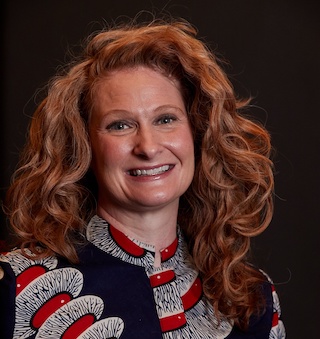News that Nielsen is no longer accredited by the Media Ratings Council didn’t surprise anyone.
But the news should be a wake-up call for the industry to unite around a common solution for the industry-wide challenge of measurement and data.
3 developments fueling the need for new measurement
Of course, calls to unify for the sake of better measurement aren’t new. For years, many have spoken up about the problems of antiquated measurement solutions and the legacy mindset that props up an outdated system. But the world didn’t stand still during those years, and as it happens, we’ve reached an inflection point.
Broadly speaking, three developments have made this opportunity possible.
First, the industry is a lot more sophisticated about targeting than it was even a couple of years ago. Advertisers no longer work in silos. Meanwhile, media companies have reorganized their sales operations and built new infrastructure to reflect a more sophisticated understanding of audiences.
Second, the pandemic accelerated the adoption of CTV, streaming and mobile. The impact of that shift is only made greater by the arrival of 5G, which will not only improve the mobile video experience for everyone, but help close the digital divide for the 21 million Americans currently without access to broadband.
Of course, everyone knew the day would come when audiences were no longer tied to their cable boxes. But the accelerated disruption shows that even if Nielsen could address the holes in linear measurement, doing so won’t be sufficient for the industry because audiences are increasingly found on CTV and mobile.
Finally, content has exploded while fragmentation has proliferated. Simply put, consumers enjoy a seemingly infinite universe of programming to choose from, and they can watch those shows in multiple ways. That shift has long been seen as a boon for consumers, but more recently it has created an opportunity for media companies and advertisers to find value in niche audiences. The chief roadblock to capitalizing on that value, however, is the lack of a collective data set for measurement.
Collaboration at the heart of the solution
But aren’t there already promising solutions to the measurement and data challenges the industry faces? The answer is yes. Automatic content recognition (ACR) data, for example, has created a new frontier for understanding CTV and OTT audiences. At ENGINE, our Device Graph+ has powered solutions that prove the effectiveness of cross-device and omnichannel measurement, as well as provide the ability to understand cross-device reach and frequency. While brands and media buyers are embracing these next generation solutions as an industry, we need to come together to determine a unified approach.
A new currency that replaces Nielsen ratings won’t be sufficient. The industry needs a common set of solutions that work both as a currency as well as a methodology for unifying measurement and targeting across platforms and devices. Trade groups like the 4A’s, ANA and the IAB need to come together to bring all stakeholders to the table. Historically, such efforts have been difficult, in large part because the legacy mindset incentivizes everyone to build their own solutions. But there’s reason to be optimistic.
For one thing, the abundance of good point solutions illustrates the limits of the go-it-alone mentality that comes from the legacy model. Simply put, those point solutions are useful precisely because everyone knows they can’t go it alone, but they also know that those solutions increase in utility with integration. The more the industry works to integrate point solutions, the better the industry will get at collaboration.
At the same time, the industry can build on the experience of the previous two upfronts, where stakeholders collaborated more than they ever had to renegotiate value. Another promising sign of collaboration: 70-plus companies, including IBM Watson, have joined NBCU’s cross-platform measurement initiative.
The industry is off to a good start here. But you need to ask what you can do to increase collaboration and build on this progress. At this inflection point, you can’t just see yourself as one competitor among many. Instead, you need to think of your company as a stakeholder inside a larger, interconnected ecosystem.
Now is the time to embrace collaboration, not for the sake of any one company, but for the future of the industry.
—
Kasha Cacy has more the 25 years of experience spanning media, data and analytics, performance marketing, content, and consulting. She currently serves as the Global CEO of ENGINE where she oversees the company’s 17 offices across North America, the U.K., Europe and Asia Pacific. Powered by technology, driven by insight and fueled by imagination, ENGINE is a marketing and media services company built to meet today’s unique needs of marketers, agencies and publishers.









